Biomedical Engineering Reference
In-Depth Information
The addition of extra washing steps ultimately increases the efficiency of oil and protein
extraction. To maintain desired functionality, the pH of the precipitate must be appropriately
adjusted prior to drying.
Dialysis
Dialysis removes small molecular weight contaminants by selective and passive diffusion
through a semi-permeable membrane. At the analytical scale, proteins can be purified using
dialysis membranes with frequent water changes and constant stirring to drive the removal
of contaminating smaller molecular weight compounds. Temperature, pore size, surface
area, stirring speed and concentration gradient are factors influencing the rate of microsolute
removal.
In general, dialysis proceeds faster at room temperature than at 4 °C. However, depending
on the dialysis time, it may be prudent to conduct dialysis at lower temperature to prevent
spoilage and loss of functionality. Thermal stability of the molecule should also be considered
in temperature selection. Pore size of dialysis membranes must be carefully selected in
accordance with the protein of interest. Although dialysis is an efficient way to increase
protein purity at the analytical scale, it is less practical at the industrial scale, and therefore
other techniques, such as diafiltration and chromatography, may be of greater interest.
Diafiltration
Diafiltration is typically performed as part of the membrane separation process described
above. It refers to the process of adding water to the retentate during MF and/or UF and
continuing the elimination of membrane-permeating species along with the water removed
in the permeate (Cheryan, 1998). This allows removal of (contaminants) unwanted soluble
materials such as smaller molecular weight sugars, alcohols, acids (e.g., phytic acid), and
minerals from solution resulting in further protein purification.
Diafiltration can be performed in the continuous or discontinuous (batch) mode. In the
discontinuous mode, the volume of the retentate is reduced, followed by redilution with
water and repeating the UF in consecutive steps. In the continuous mode, water at the
processing temperature and pH is added to the feed tank at the same rate as the permeate
flux, resulting in a constant feed volume.
To enhance microsolute removal, UF/diafiltration can be carried out in a dialysis mode
where water is pumped into the permeating membrane at three to ten times greater flow rate
than the flux, while keeping the net pressure in the permeate channel lower than the feed
pressure (Cheryan, 1998). The significant decrease in the concentration of microsolutes
in permeate compared to the feed establishes a concentration gradient which enhances
microsolute permeation. Reverse osmosis, a filtration technique which allows the removal
of very low molecular weight compounds, can be used to subsequently concentrate the
solute while producing the water for the UF dialysis.
3.3.2.5
Chromatographic techniques
Chromatography offers a wide variety of techniques that could be used to analyze as well as
purify proteins. Many of these techniques can be used at relatively large scales to purify and
collect proteins from biological mixtures for further analysis or for final use. In contrast,
analytical chromatography is primarily used for qualitative and quantitative characterization
purposes. Short descriptions of the most widely used methods are detailed in the following
sections.




Search WWH ::

Custom Search